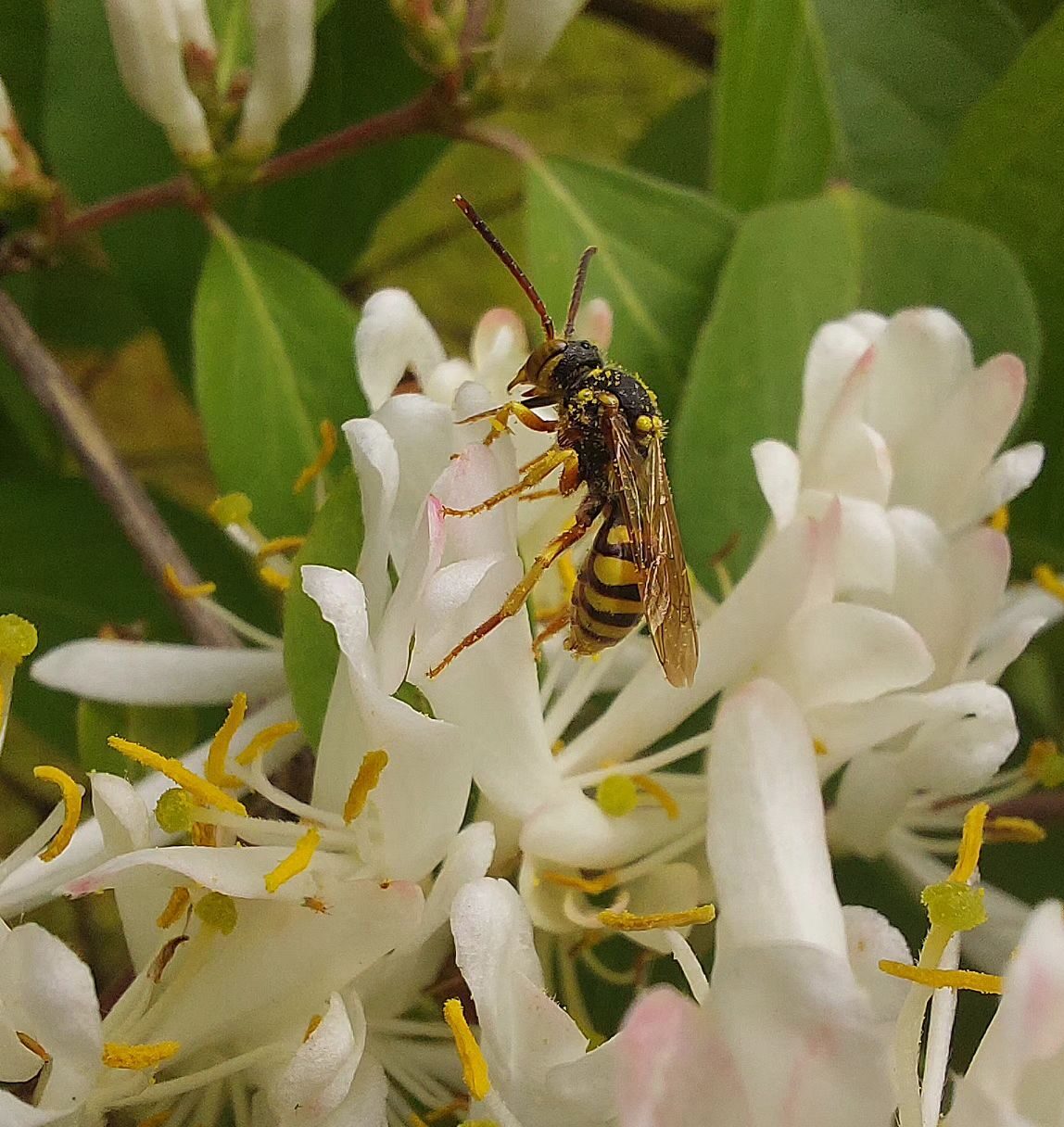The name Amur Honeysuckle may deceive you for a sweet delicious berry, but the perennial Honeysuckle is far from being edible.
Besides, the colorful yellow to red berries and the green foliage could be a great addition to our home with a few maintenance tips, so follow along.
Table of Contents Show
Is Amur Honeysuckle Toxic?
Amur Honeysuckle (Lonicera maackii) is a large deciduous shrub popular for its white flowers and red berries.
But behind these 14-20 feet tall beauty hides its toxic effect.

Ingestion of berries may cause nausea, stomach ache, and diarrhea, with no lethal consequence.
That said, we do not recommend or encourage you to eat Bush Honeysuckle berries. However, you might encounter online trends of trying weird food, including Honeysuckle berries, but understand the casualty before diving into one.
Are Any Parts of Amur Honeysuckle Edible?
Given the mild toxic nature of Amur Honeysuckle, most of the parts, like leaves, stems, and berries, are not edible. Neither is there any evidence of the use of the Amur Honeysuckle berries in the past.
Most of it has to do with the bland and unpalatable taste of the berries.
Unlike the delicious Strawberry and Pineberry, Amur berries do not make it to your breakfast table, as they lack the sweet taste and chewability.
However, you might wonder about the Honeysuckles bloom used as a garnish in your drinks. Well, they are edible types, different from the toxic Amur Honeysuckles.
If you still wish to get the taste of Honeysuckle, varieties like Honeyberry (Lonicera caerulea) and Japanese Honeysuckle (Lonicera japonica) are the edible alternative.
Does Amur Honeysuckle Have Any Use?
Although Amur Honeysuckle might not have any proven scientific or traditional medical use, they do have certain uses.
Also, the plant features dense foliage with vibrant red berries, making it a popular landscaping choice, especially in gardens and parks.

Further, the lush blooms produce nectar during the active growing season (late spring to early summer).
This nectar, followed by a sweet fragrance, attracts pollinators like bees, butterflies, and hummingbirds. Moreover, these pollinators aid in the pollination of surrounding plants as well.
From Editorial Team
Keep The Plant Away From Kids & Pets!
As much as the Honeysuckle adds to the beauty of your home, it is always safe to keep them at a distance from your pets and kids.
In case your pets or kids happen to ingest it, contact a nearby health professional to prevent any mishaps.
All The Best!


